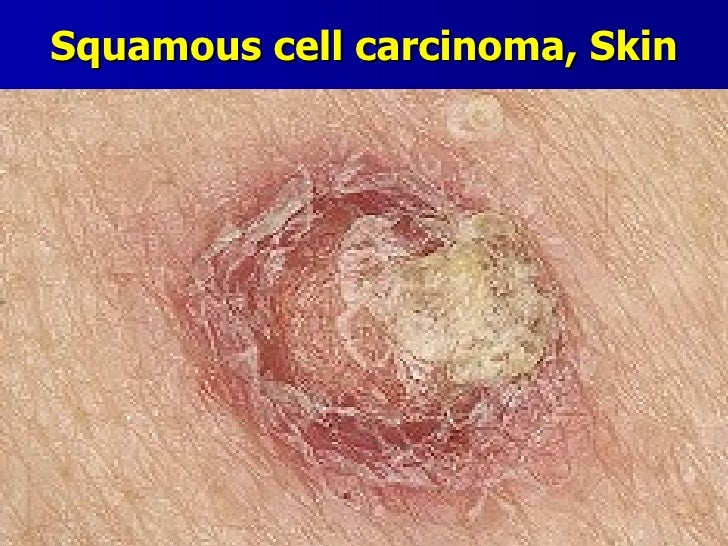

Slip in the system occur when these intermolecular bonds face an applied stress greater than their interaction strength. The shear strength between two collagen molecules is controlled by weak dispersive and hydrogen bond interactions and by some molecular covalent crosslinks. The fracture strength of individual collagen molecules is as a result controlled by covalent chemistry between molecules. The forces distributed in the fiber are tensile load carried by the fibril and shear forces felt due to interaction with other fibril molecules. From a biological standpoint, water content acts as a toughening mechanism for fibril structures, allowing for higher energy absorption and greater straining capabilities.įibrils mechanical strengthening properties originate at the molecular level. The presence of water has been shown to decrease the stiffness of collagen fibrils, as well as increase their rate of stress relaxation and strength. Hydration has been shown to produce a noticeable effect in the mechanical properties of fibrillar materials. Unlike biopolymers, fibrils do not behave like homogeneous materials, as yield strength has been shown to vary with volume, indicating structural dependencies. Like most biopolymers, stress-strain relationships of fibrils tend to show a characteristic toe-heel region before a linear, elastic region. As such, simple beam bending equations can be applied to calculate flexural strength of fibrils under ultra-low loading conditions.

In biomechanics problems, fibrils can be characterized as classical beams with a roughly circular cross-sectional area on the nanometer scale. They often spontaneously arrange into helical structures. Fibrils are composed of linear biopolymers, and are characterized by rod-like structures with high length-to-diameter ratios.


 0 kommentar(er)
0 kommentar(er)
